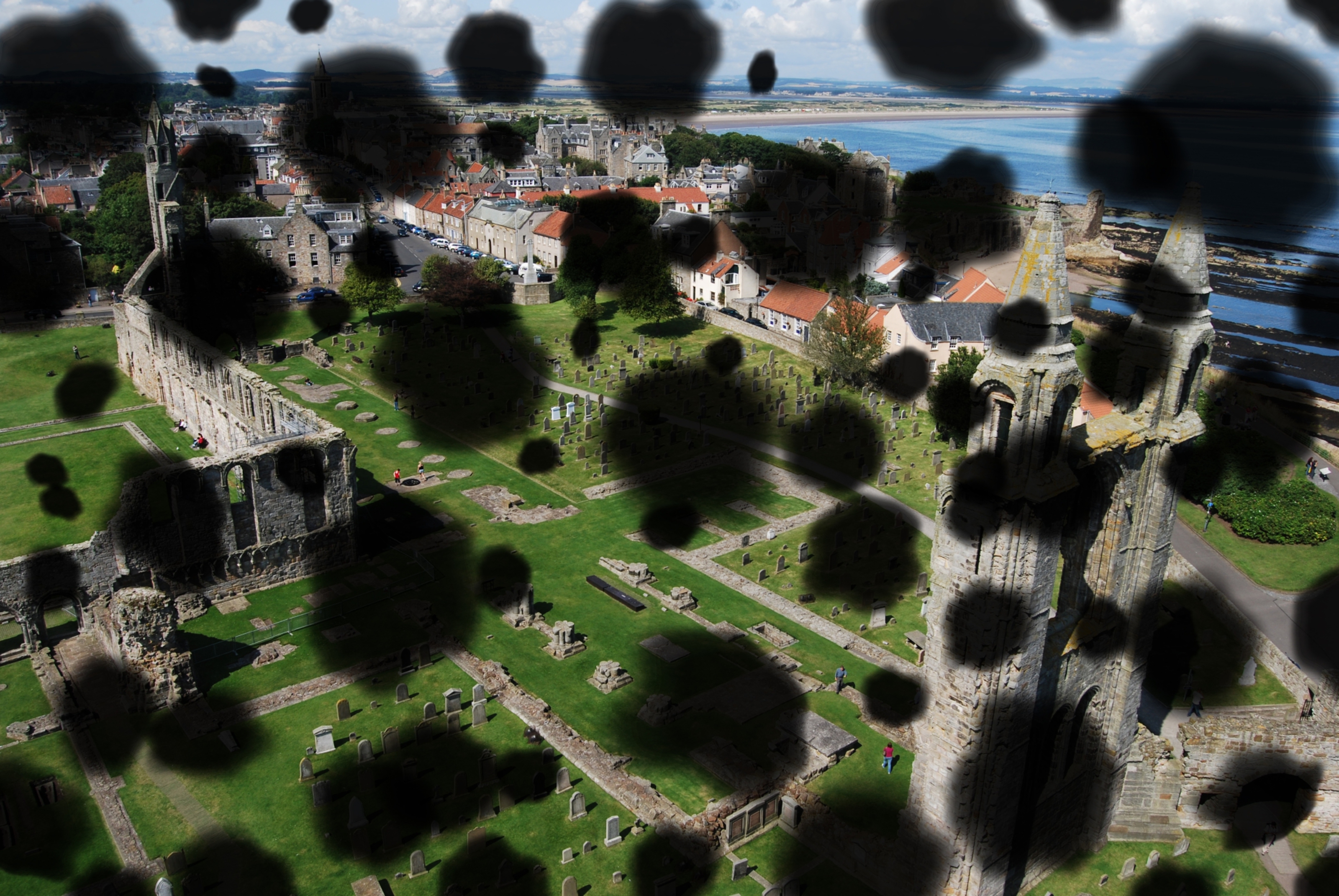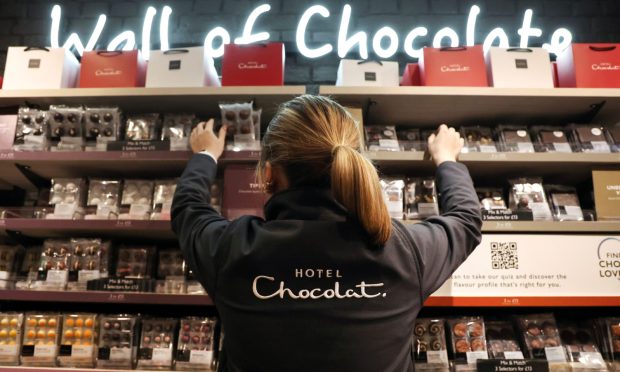St Andrews and actor Brian Cox are playing starring roles in a campaign to highlight the importance of specialist diabetic eye checks.
An image of the St Andrew’s Cathedral has been used to illustrate the effects of diabetic retinopathy as part of the How Do You See Scotland? campaign by Diabetes Scotland and RNIB Scotland.
According to latest figures from the Scottish diabetes survey 2016 more than 2,400 of the 21,135 people eligible for screening in Fife have no record of having been tested during the last 15 months.
Diabetic retinopathy is a potential complication of the condition and the leading cause of preventable sight loss in working age adults.
The campaign aims to raise awareness of the condition and the importance of attending regular screening.
As part of the campaign, the charities have released a series of photographic images of iconic Scottish landmarks obscured by the effects of retinopathy.
Additionally, Cox has narrated a 90-second film which will be shown in Scottish cinemas during National Eye Health Week.
He said: “Like many Scots, I am living with diabetes and I am aware of the various challenges it can bring.
“To help me stay healthy, I make sure I attend my diabetes check-up appointments, including retinopathy screening, and I encourage all people with diabetes to do the same.
“Sight loss is a potentially devastating complication of diabetes which can develop if people are not supported to manage their condition well.
“However, regular retinopathy screening means that changes to the eye can be detected early enough to allow treatment which can prevent further deterioration and irreversible damage.”
More than 291,000 Scots are living with diabetes, and this number is rising every year.
Diabetic retinopathy happens when the eye’s tiny blood vessels start to either leak or become blocked.
This can lead to either loss of central vision or, at worst, total blindness.
Campbell Chalmers, director of RNIB Scotland, said: “During National Eye Health Week we want to urge people to take care of one of the most precious things we have – our sight.”
Jane-Claire Judson, National Director of Diabetes Scotland, added: “It is concerning that over 2,400 people with diabetes across Fife do not have a record of attending a retinopathy screening appointment in the last 15 months.
“We need to understand why people are not attending their screening appointments and what can be done to remove these barriers.”










